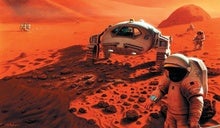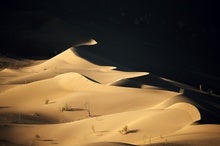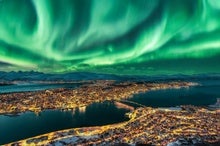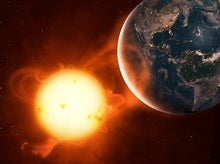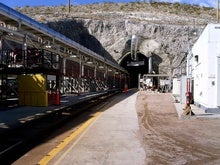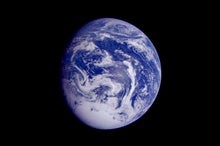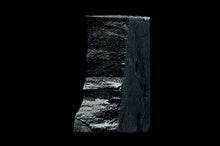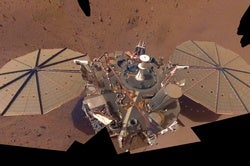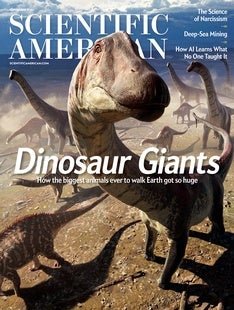 |
| October 19, 2023 |
Another week, another vibe check. These "vibes," though, were seismic waves rippling through Mars, as recorded by NASA's InSight lander last year. This marsquake was about five times more powerful than any other ever seen on the Red Planet—which is much more geologically inert than Earth—so scientists suspected the tremor originated from an external source, such as a meteorite impact. But a new study incorporating satellite imagery from all orbiters now around Mars has failed to find any associated fresh crater, boosting the odds that the quake came from within the planet itself. The finding has implications aplenty, ranging from a reassessment of risks for future crewed outposts to potential revisions in our models of how long rocky worlds can sustain significant tectonic activity. Elsewhere this week, we have stories on awesome auroras, the largest known solar storm, the uncertain science of a doomsday supercontinent, the 30th anniversary of a landmark astrobiological experiment, and more. Enjoy! |
| |
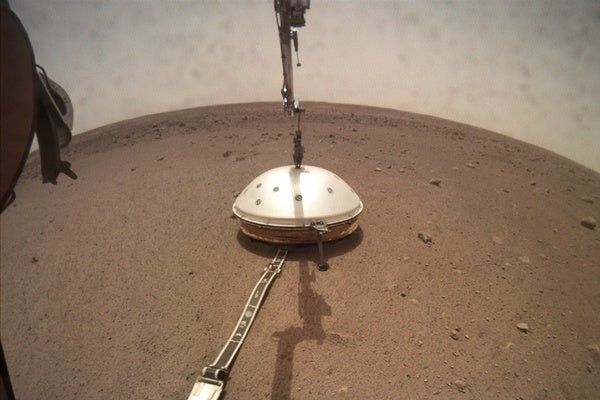 |
| Planetary Science 'Monster Quake' Hints at Mysterious Source within Mars Images from each and every spacecraft now orbiting Mars have ruled out a meteorite strike as the cause of a 4.7-magnitude marsquake, the strongest temblor ever detected beyond Earth By Jonathan O'Callaghan | |
| |
| |
| |
| |
| |
| |
| |
| |
FROM THE ARCHIVE
 | | | |
LATEST ISSUES
 |
| |
| Questions? Comments?  | |
| Download the Scientific American App |
| |
| |




